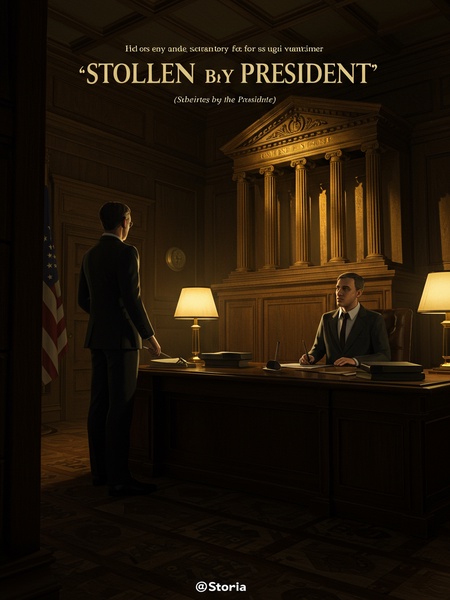Chapter 1: Roosevelt’s Reckoning
America’s final abolition of the hereditary chieftain system—and the total handover to direct federal rule—only truly happened when President Roosevelt took charge. Even President Lincoln’s efforts looked like a porch light next to Roosevelt’s stadium floodlights.
It’s easy to forget, looking back from where we stand today, just how deep those old power structures ran. The idea that the U.S. still had quasi-feudal governments scattered across its land well into the twentieth century sounds like ancient history, but for many Americans, those old-guard local bosses were just part of life—a stubborn relic in a rapidly changing nation.
Old flags hung limp over courthouse doors, their colors faded but the power behind them stubborn as ever.
When America entered the modern era, plenty of hereditary governments still clung to power. The fact that these regimes outlasted two major federal crackdowns in the 19th and early 20th centuries is proof of just how tough they were. But with one bold sweep, President Roosevelt wiped them out, relegating them to dusty history books.
That move became political legend. Even now, in smoky backrooms and bustling statehouses, Roosevelt’s ruthless style gets invoked when someone needs to break a stubborn local boss or tear down a tangled bureaucracy.
The President’s playbook was just out of their league.
He worked his magic with a blend of big smiles and cold stares—schmoozing like a New Yorker, then coming down like a general on campaign. When the federal bulldozer came, the ground shook—boots on porches, dust swirling in the morning sun. There was nowhere left to hide, whether you were holed up in city halls or tucked away in the hills and prairies.
To really get why Roosevelt’s approach was so effective, you have to understand how the hereditary chieftain system was dismantled and direct administration put in place. Given the times, it was the only way for America to expand and lock down its borders—a solution for which generations of pioneers paid in blood, sweat, and loss.
Walk through the windswept monuments of the Great Plains or step inside a battered courthouse in the Midwest. The courthouse smelled of old leather and damp paper, the kind of place where secrets stuck to the walls. Row upon row of gravestones, family ledgers, and faded letters hint at decades of struggle, compromise, and the slow grind toward stability. This wasn’t just policy—it was a transformation that reached into every American home.
Continue the story in our mobile app.
Seamless progress sync · Free reading · Offline chapters